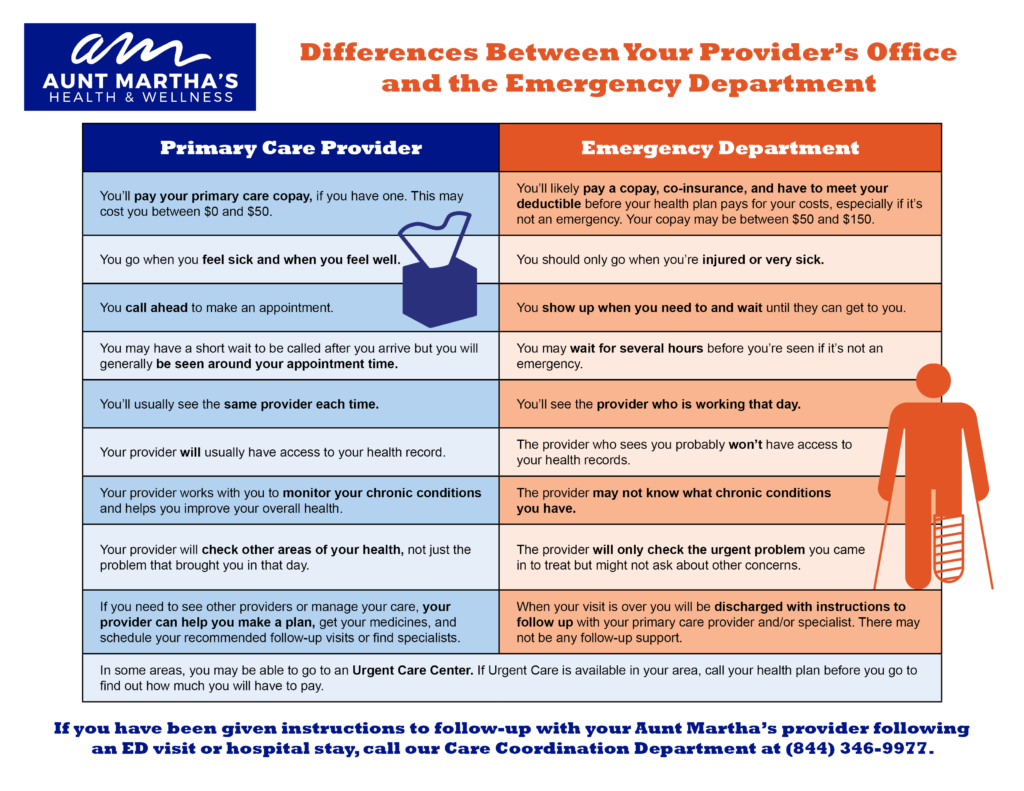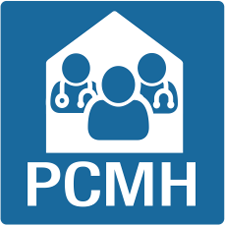Primary Care Services
Your Primary Care Provider (PCP)
Primary care providers (PCPs) care for patients of all ages. Your PCP is your personal starting point for all things related to the care you get at Aunt Martha’s. You and your family will see PCPs including:
- Family practitioners, or family medicine doctors, who care for patients of all ages, from infants, kids and teens, to adults and the elderly.
- Pediatricians who care for babies, kids, and teens.
- Internists, or internal medicine doctors, who usually care for adults, but some see patients who are in their late teens.
- A nurse practitioner or physician assistant sometimes is the main provider a child sees at a doctor’s office.
- Obstetricians and gynecologists who specialize in women’s health issues and are sometimes PCPs for girls who have started menstruating.
- Adolescent medicine specialists are pediatricians or internists who have additional training in caring for teens.
- Combined internal medicine and pediatric specialists who have training in both pediatrics and internal medicine, allowing them to bridge the gap between treating young patients and adults.
Every time I see my doctor, I feel comfortable and that I’m getting the best care possible.

Differences Between Your Provider’s Office and the Emergency Department
Know Where to Go for Care
Even though you can get health care many different places, including the emergency department, it’s best for you to get routine care and recommended preventive services from a primary care provider.
There are some big differences between visits to your primary care provider and visits to the emergency department, such as cost, time spent waiting for care, and follow up.
Free Download
We created a simple table to show some of the most important ways that your PCP is different from an Emergency Department. Please bookmark this page or download a copy of our Know Where to Get Your Care flier.









